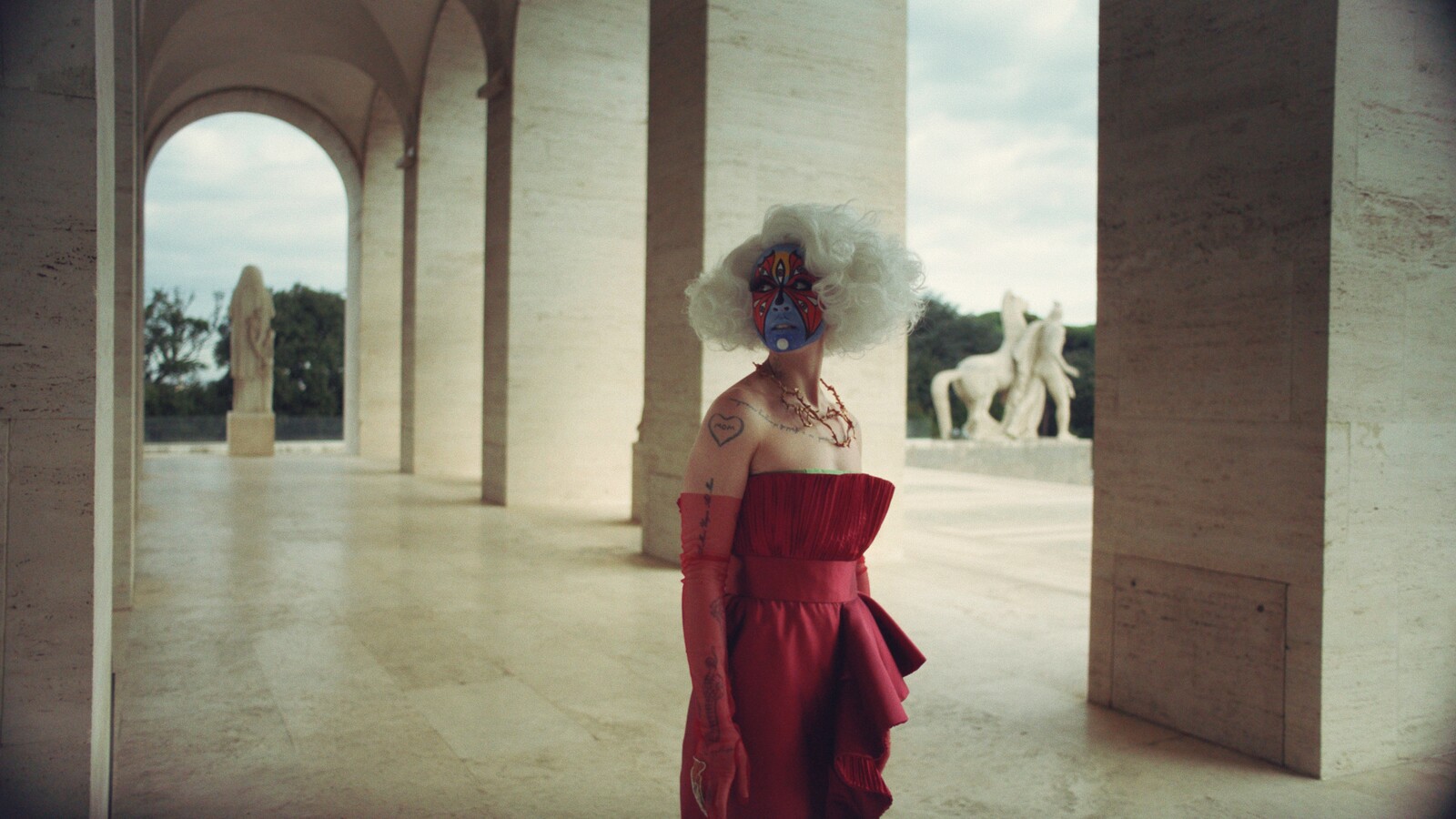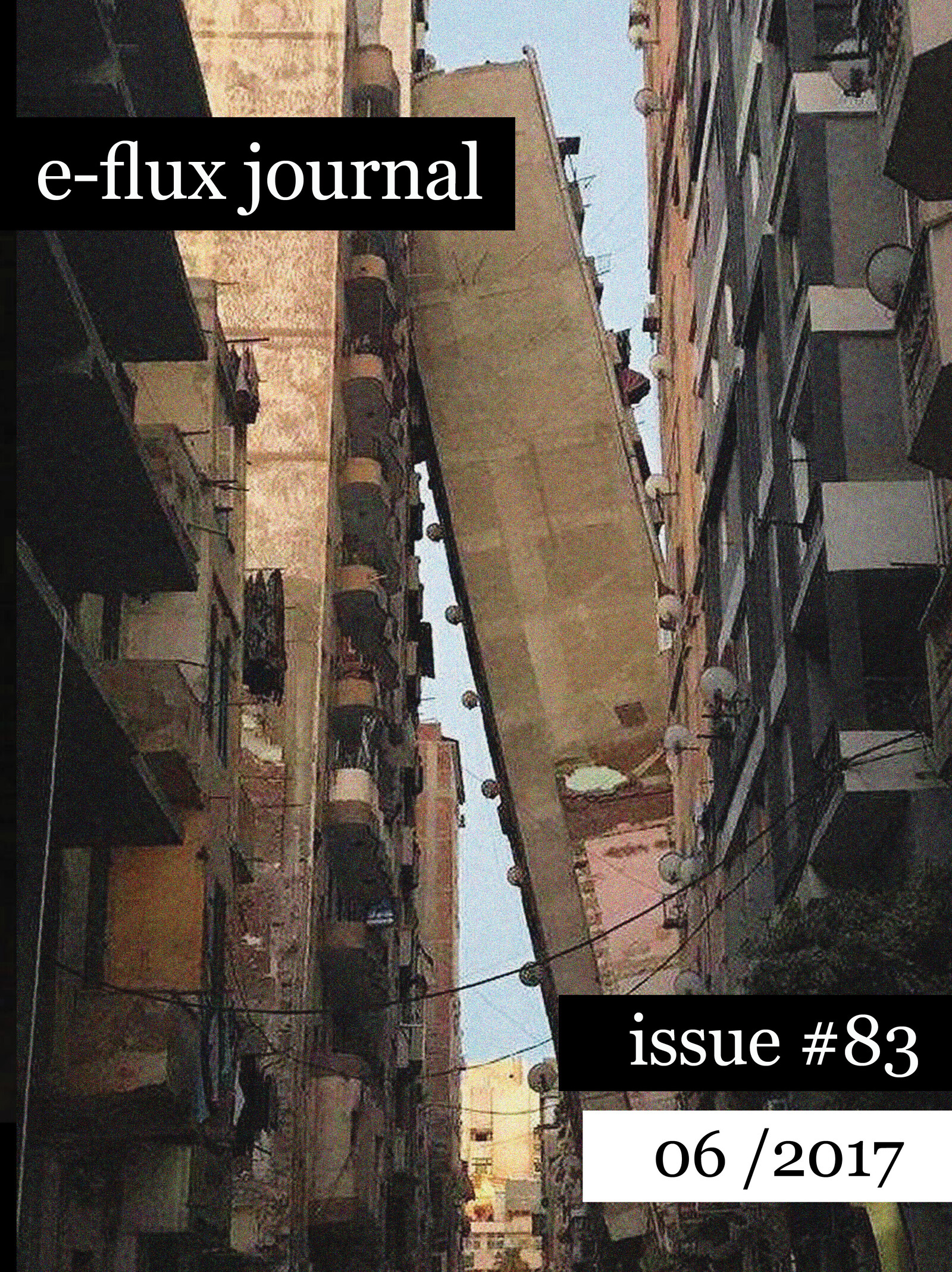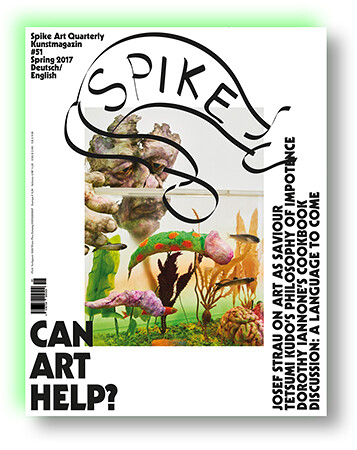Shumon Basar Read Bio Collapse
Shumon Basar is a writer, editor, and thought councellor.
Challenging our understanding of “design” by engaging with and departing from the concept of the “self.”
Duan Thi Huong’s body floats in the darkness of her image, equally glowing, and also dissolving, like smeared data. That auratic glow may simply be what happens when sophisticated technology colludes with its own technical limits. But it’s also the glow found in some of Gerhard Richter’s best-known paintings of women. The inferred illumination of technology’s soul. The substance Roland Barthes mourned in his elegy to his dead mother, Camera Lucida (1980). The impasto paste around Duan Thi Huong also invokes the charged zones encircling Willem de Kooning’s Women: vortices of matter, history, horror. Except in Huong’s case, the horror is emblazoned in the letters “L,” “O,” and “L.” This way, her image carries its own punch line, which seems so mordantly—or is it courageously?—at odds with cold-hearted killing.
Can Art Help?















.gif,1600)













